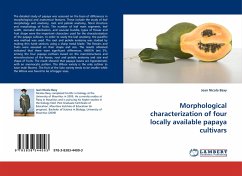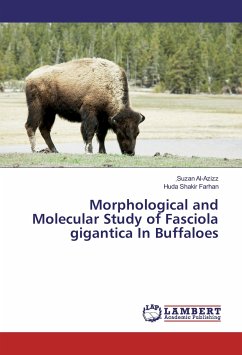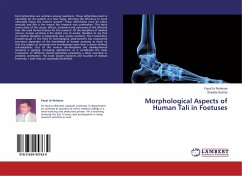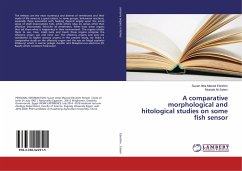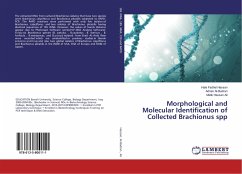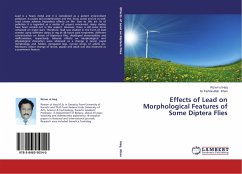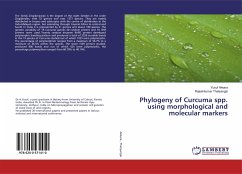The detailed study of papaya was assessed on the basis of differences in morphological and anatomical features. These include the study of leaf morphology and anatomy, root and petiole anatomy, floral structure and morphology of fruits. The number of leaf main segments, leaf width, stomatal distribution, and vascular bundle, types of flower and fruit shape were the important characters used for the characterization of the papaya cultivars. In order to study the leaf anatomy, the paraffin wax method was used. The root and petiole anatomy was studied by making thin hand sections using a sharp metal blade. The flowers and fruits were assessed on their shape and size. The results obtained indicated that there were significant differences, ANOVA test 5%, among the four papaya cultivars based on the macrostructures and microstructures of the leaves, root and petiole anatomy and size and shape of fruits. The result showed that papaya leaves are hypostomatic with an anomocytic pattern. The Wilcox variety is the only cultivar to have male flowers. The fruit of the Solo variety tends to be smaller while the Wilcox was found to be of bigger sizes.

